Cuba has some of the most beautiful beaches in the world with white sand and crystal clear waters. The island surprises you with its picturesque landscapes
Immerse yourself in Cuba's rich history as you stroll through the colonial streets of Havana and Trinidad. Experience the atmosphere of revolution and liberation movements
Cuba is not only azure waters and beaches, but also amazing mountains where you can hike through the jungle or enjoy panoramic views from the peaks
Cuba is the perfect destination for those looking for an unforgettable experience. Take a vintage car ride through the streets of Havana, dive into the underwater world
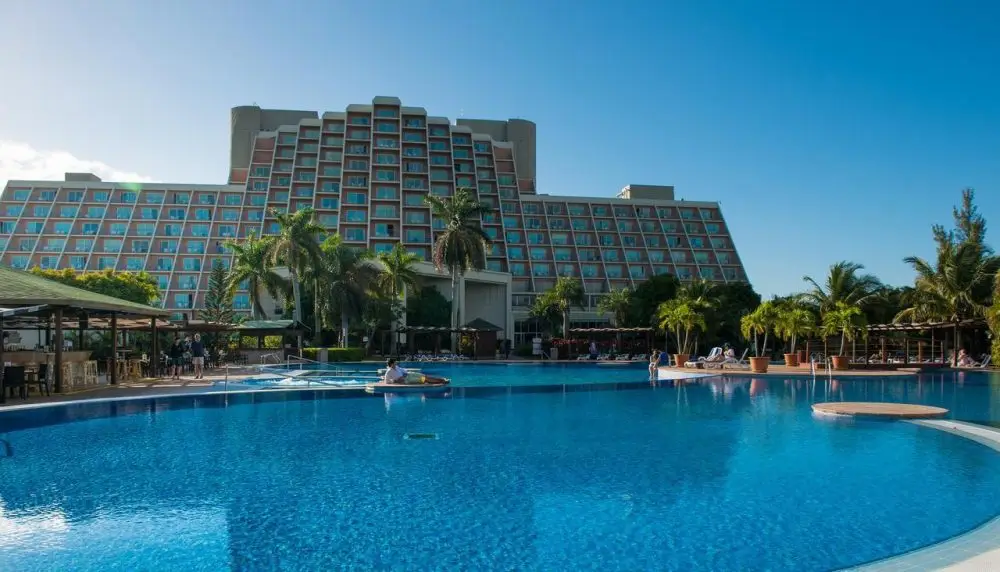
Cuba has long ceased to be just a retro backdrop for social networks with shots of “Che Guevara, rum, convertible”. The island offers infrastructure for a full-fledged holiday at a level where the quality of service competes not with illusion, but with European standards. The category of good 4-star hotels in Cuba has become the …
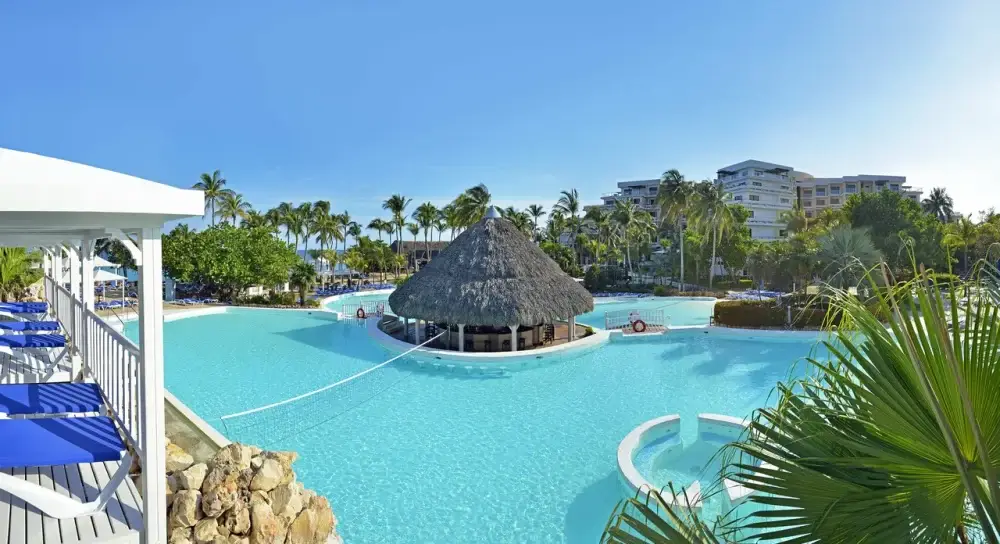
In this article we have collected the best hotels in Cuba 5 stars, among which you will definitely find the right option. The country beckons with palm trees and the glow of the Atlantic, but the impressions of luxury holidays here are not only created by the scenery. In 2025, the best 5-star hotels on …
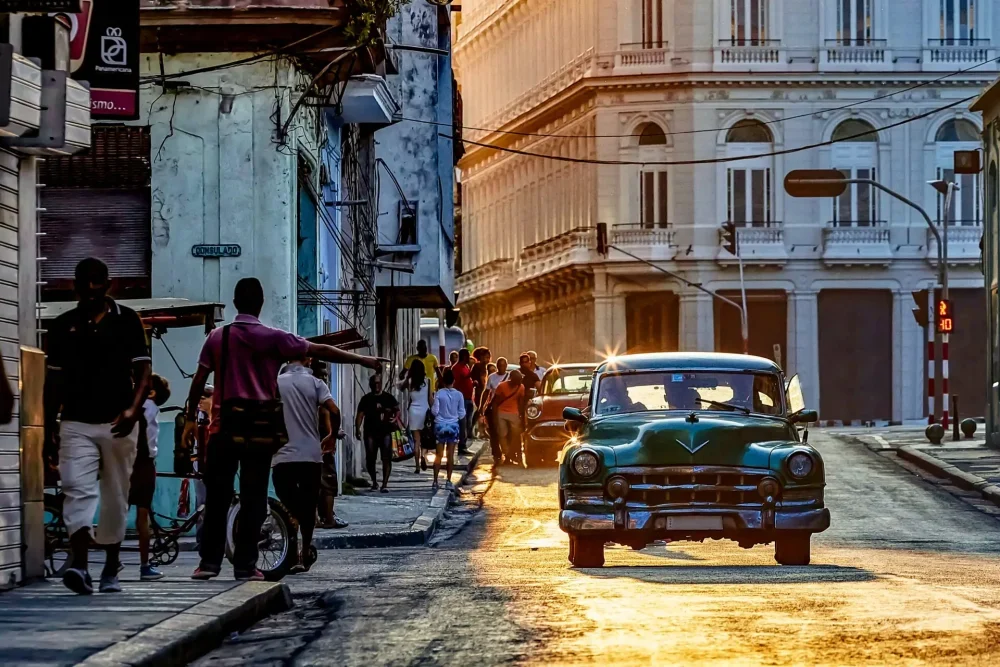
Cuba is an island in the Caribbean and a unique place where culture, nature and history intertwine. Here you can relax on white-sand beaches and dive into the underwater world. It’s a pleasure to stroll through the narrow streets of ancient towns and sample traditional dishes. What else to do in Cuba? This question worries …
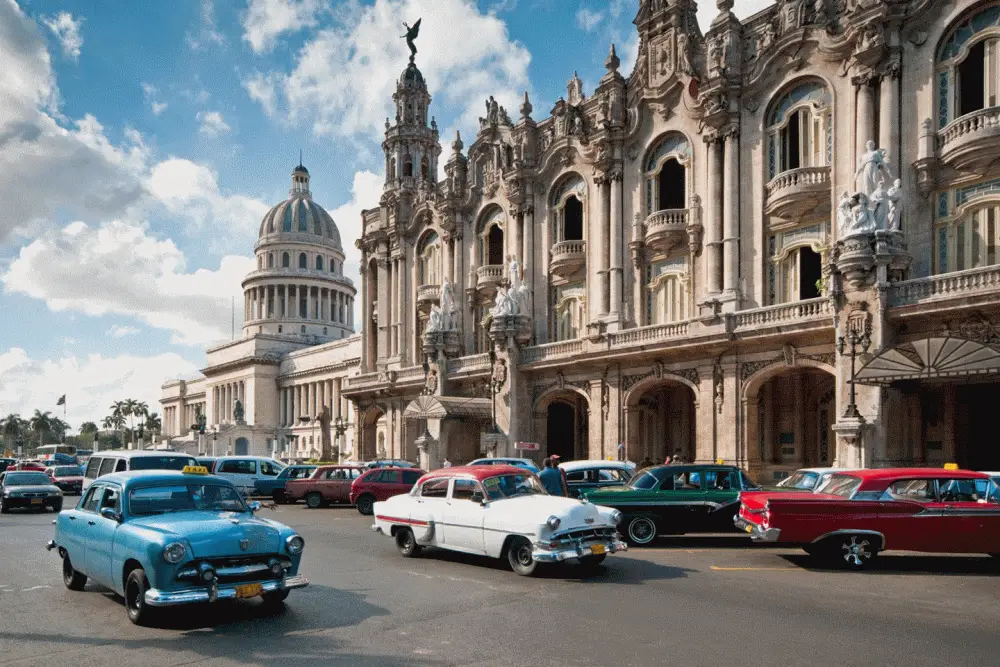
Cuba is a country that seems to be frozen in time, preserving its special flavour, unique architecture and spirit of freedom. It attracts travellers from all over the world with its endless beaches, retro atmosphere, rich history and the hospitality of the locals. In 2025, interest in Cuba will reach a new level: improved tourist …
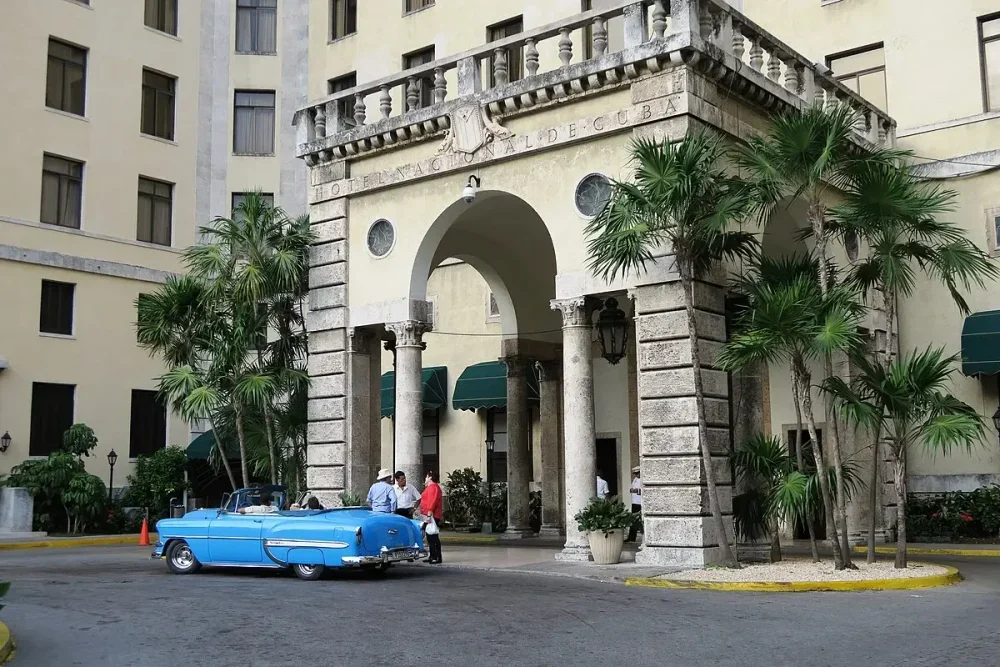
Cuba in 2025 reaffirms its status as one of the most sought-after tourist destinations in the Caribbean region. The island’s resorts offer a huge range of options for holidaymakers, among which comfortable mid-range hotels are particularly popular. The best 5-star hotels in Cuba set the standard for luxury, but hotels in the 4-star category offer …
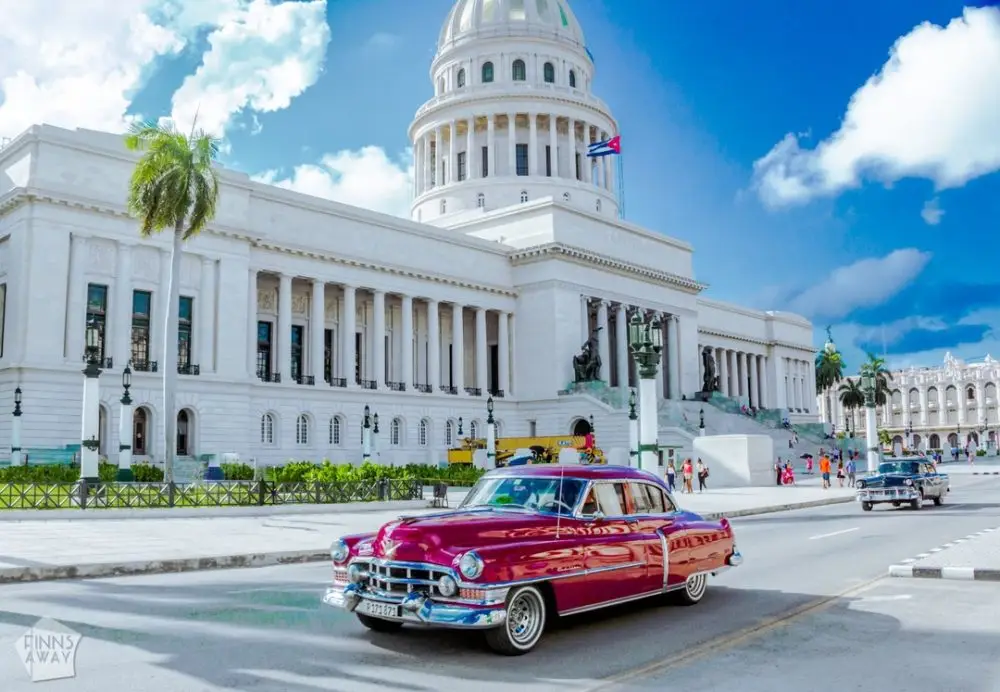
Havana maintains a unique balance between old architecture, colonial charm and the vibrant atmosphere of a Caribbean resort. Cuba’s capital offers not just a holiday, but a journey through time. Each neighbourhood reveals a different facet of the country’s history, culture and gastronomy. To see the city without rushing and truly feel its spirit, you …
Discover the unique benefits of travelling in Cuba
Travelling to Cuba is a chance to enjoy exotic nature, picturesque beaches
is not just a holiday, but an immersion in the unique atmosphere of an exotic island
Plan your perfect holiday in Cuba, where every corner promises vivid emotions
Discover the unique corners of Cuba, where nature and culture merge in perfect harmony. The splendour of tropical beaches, verdant mountains, historic cities and vibrant traditions - Cuba will offer you a journey of discovery and discovery. Each journey is a new chapter in your adventure, where you will feel the magic of this exotic island
